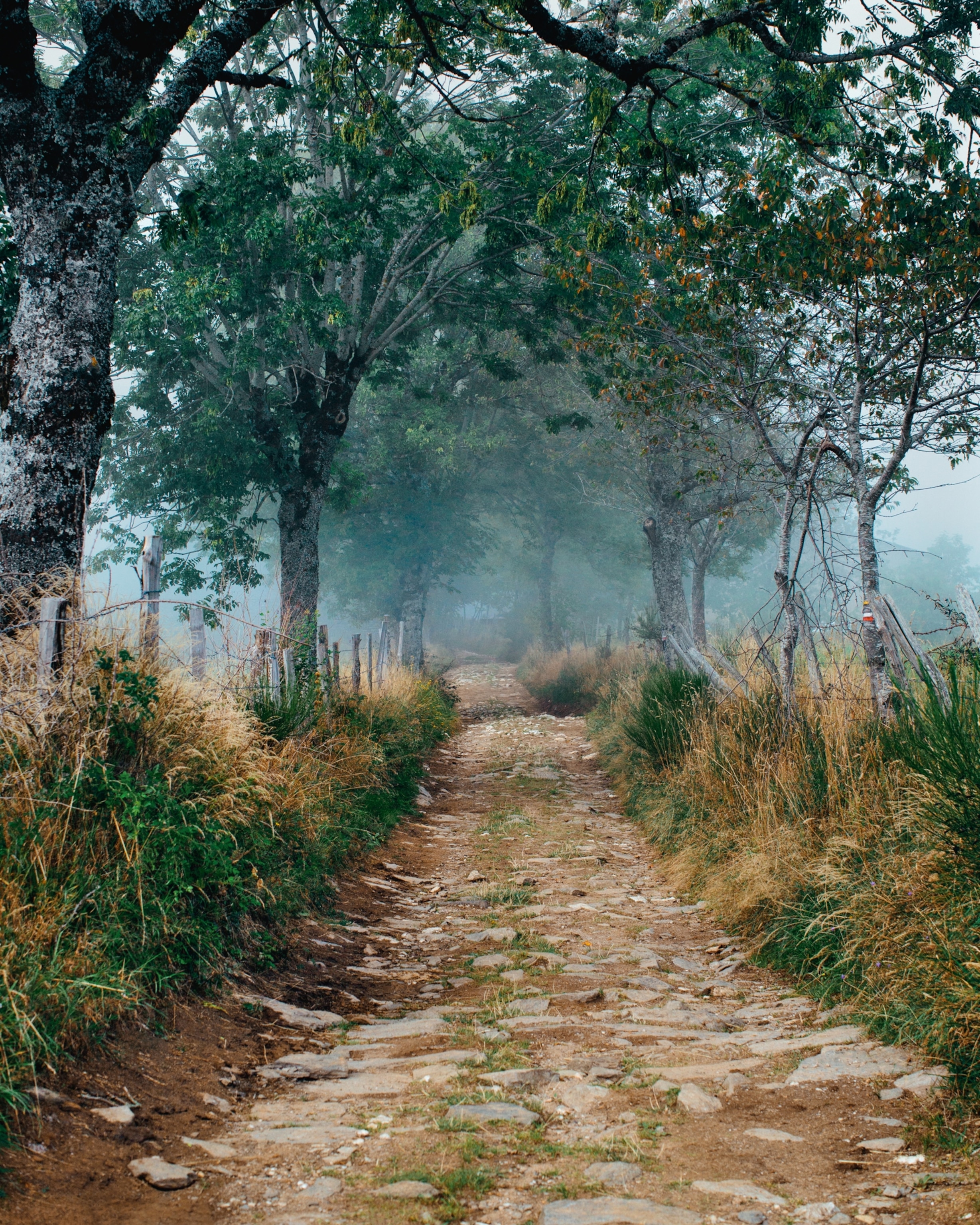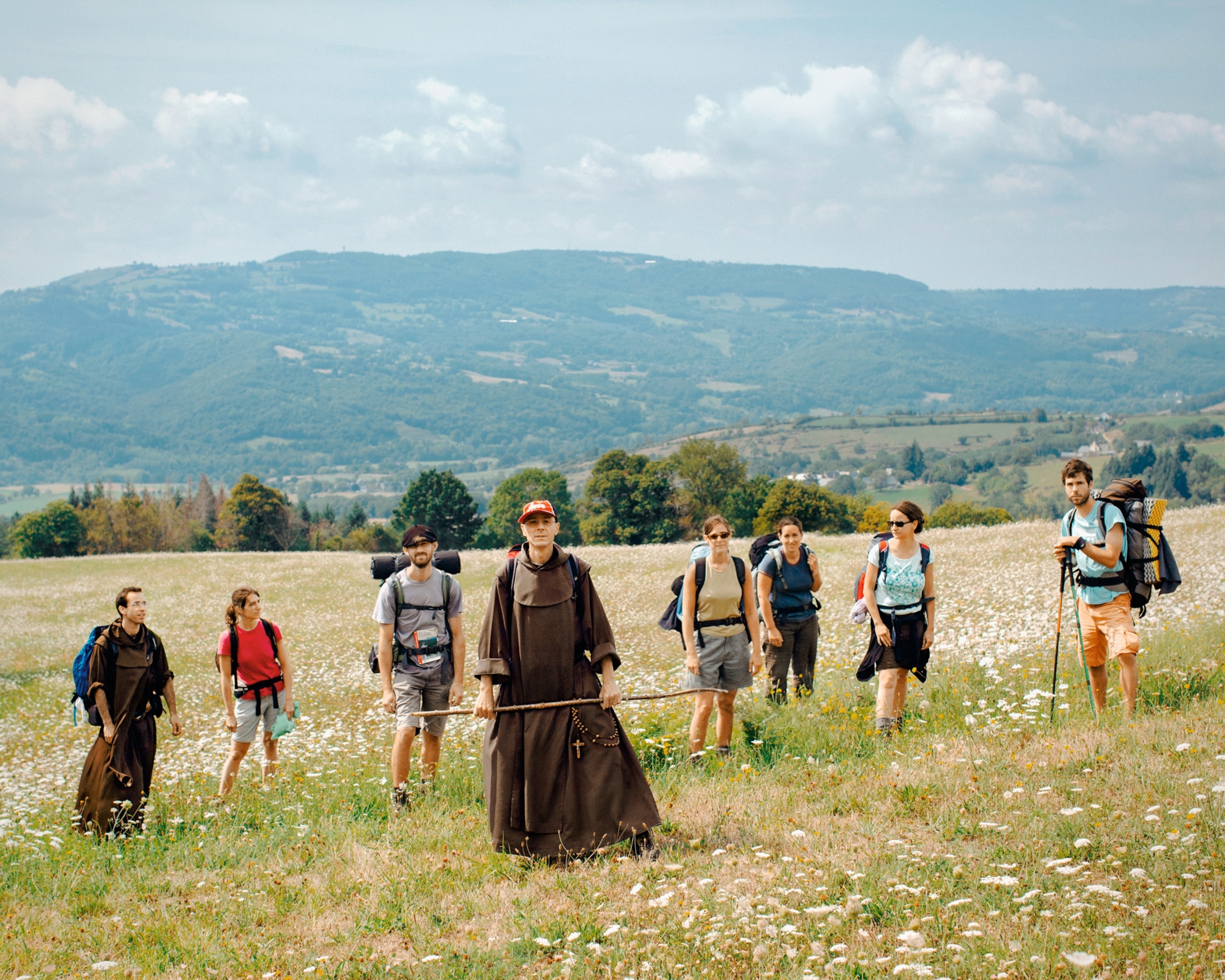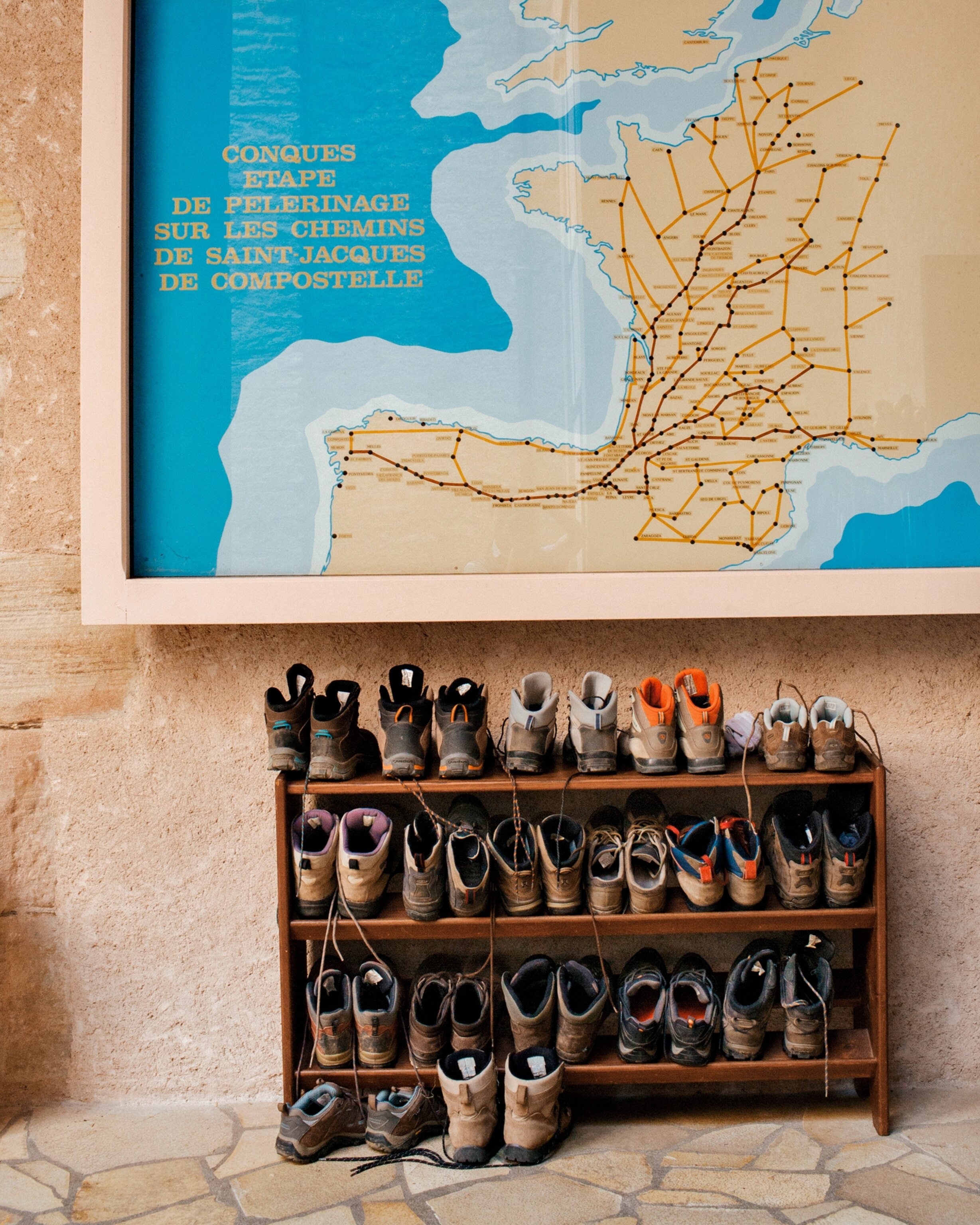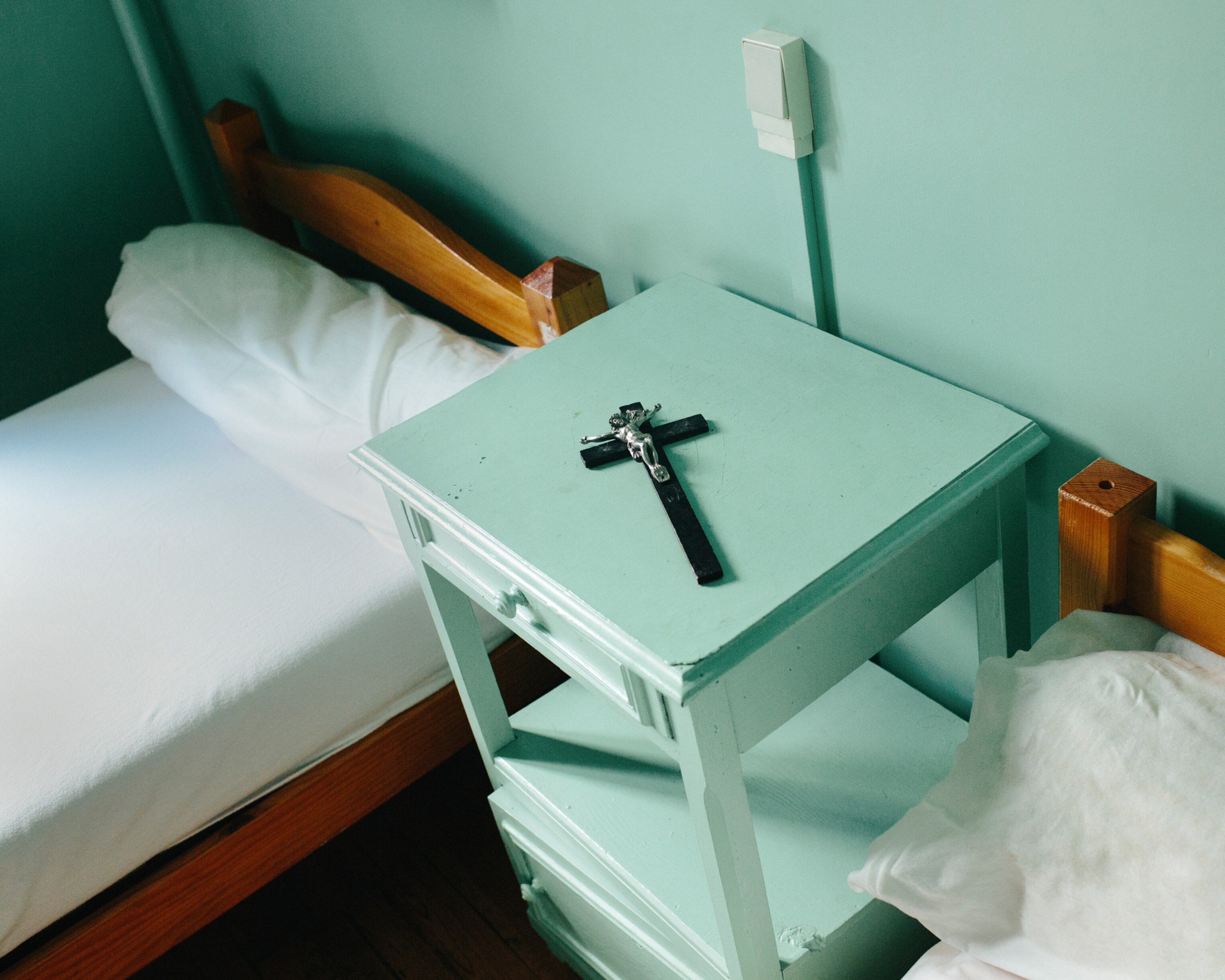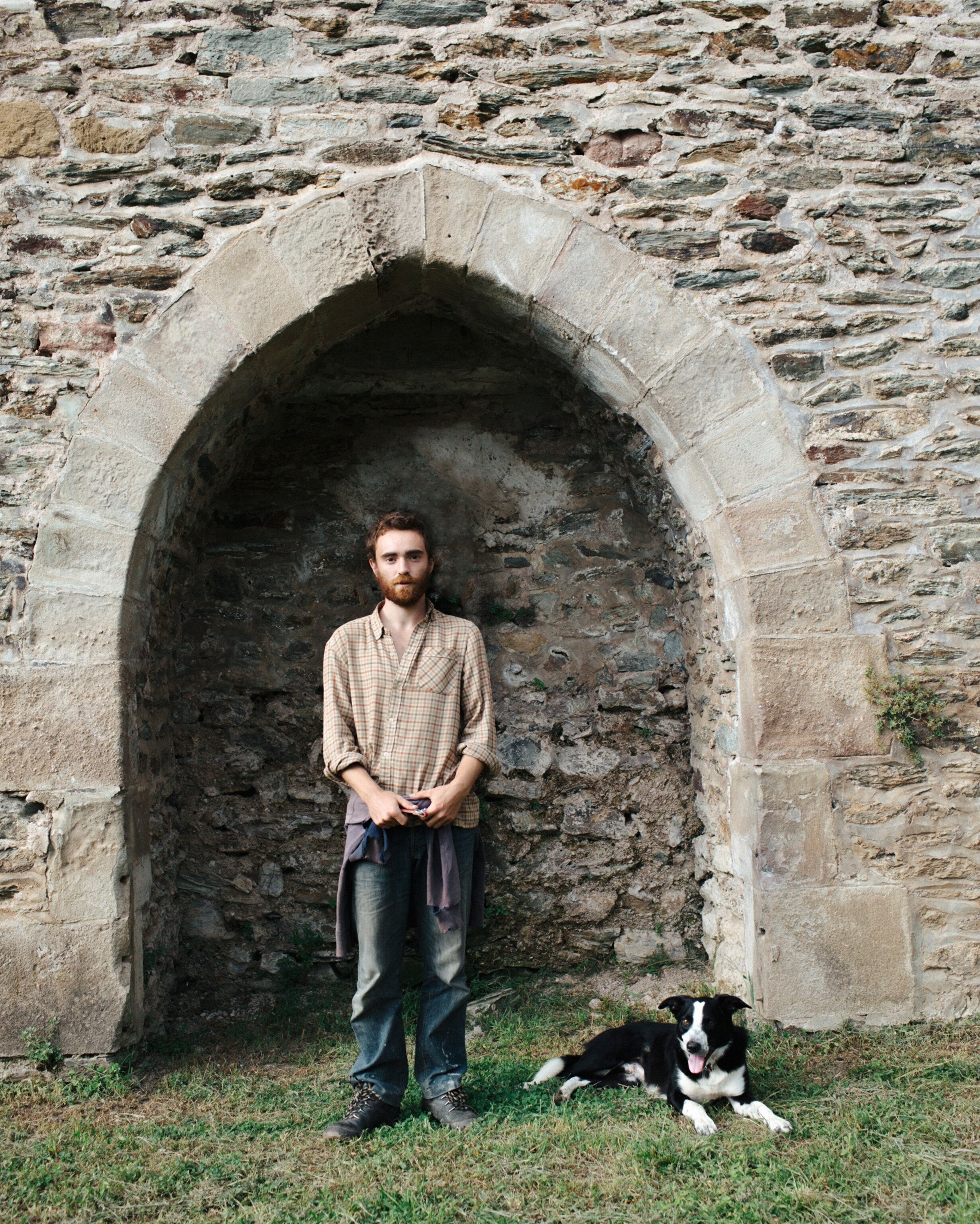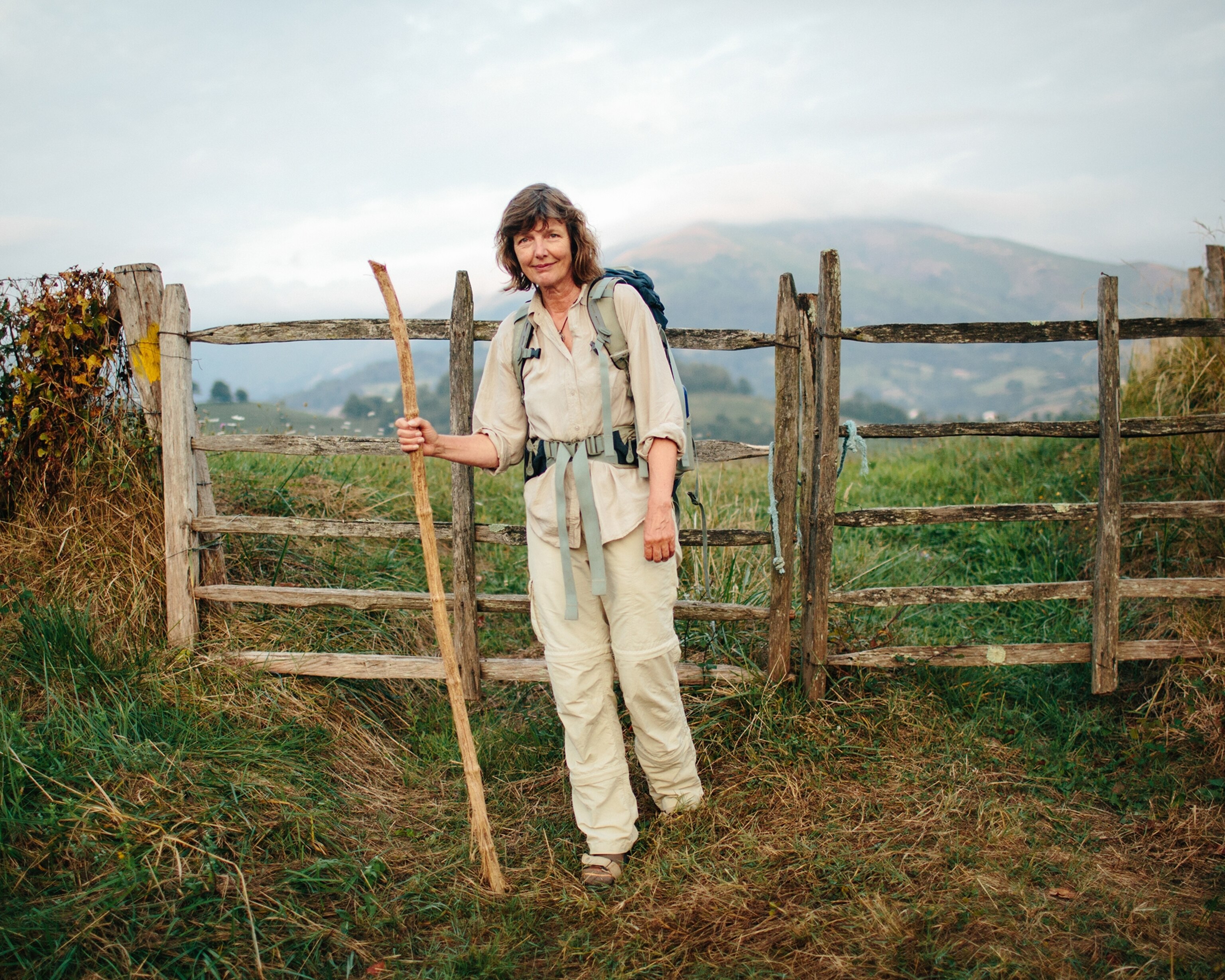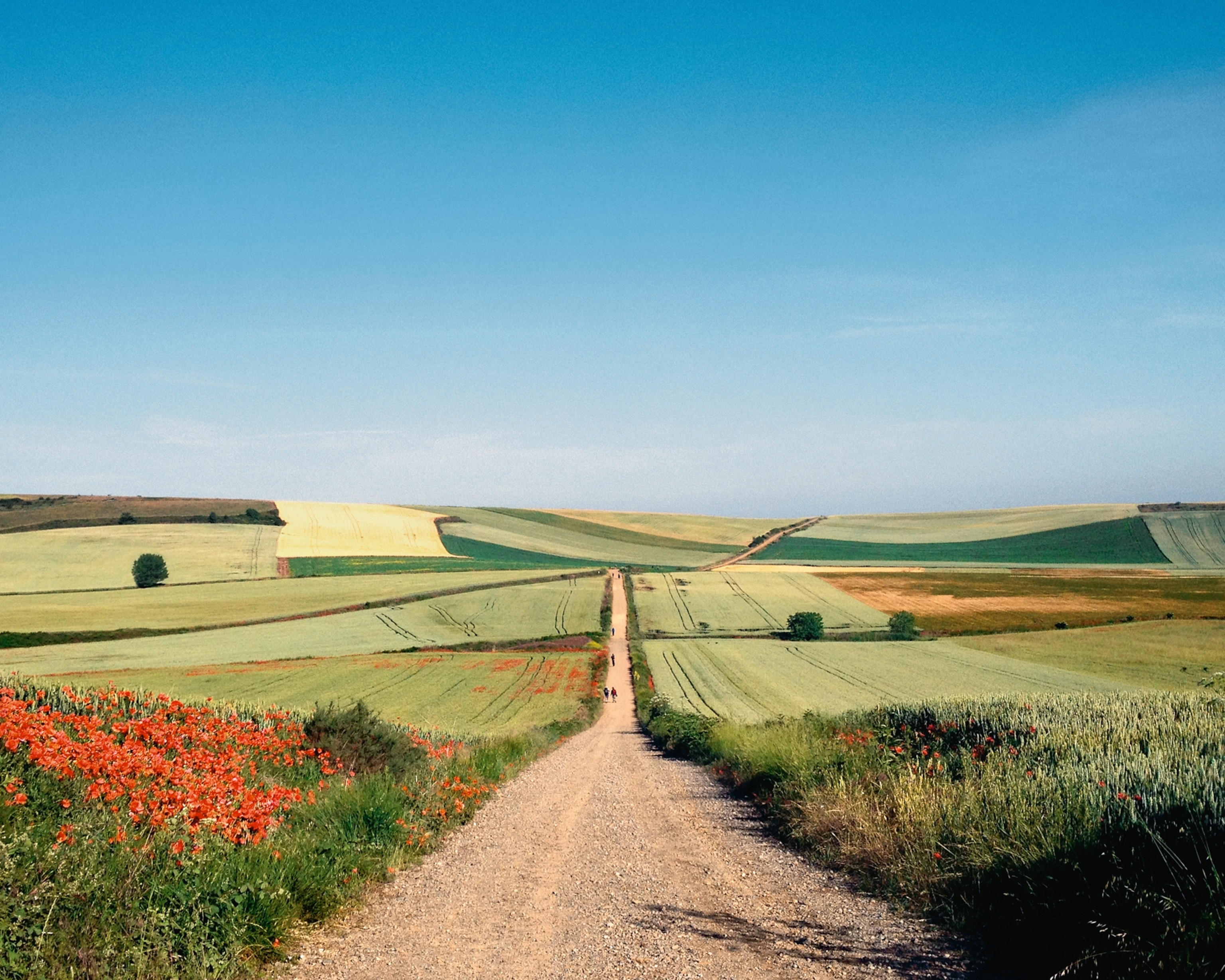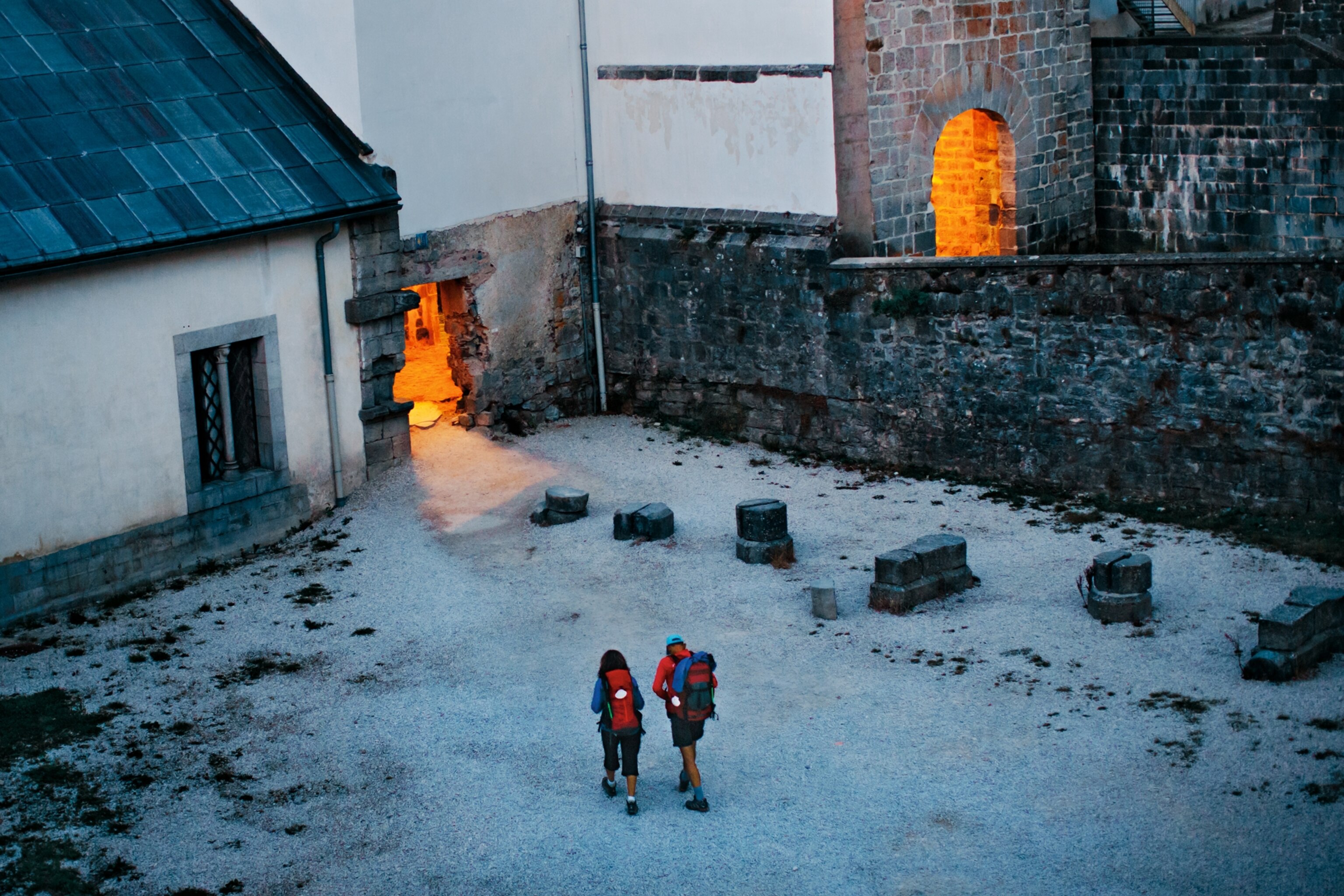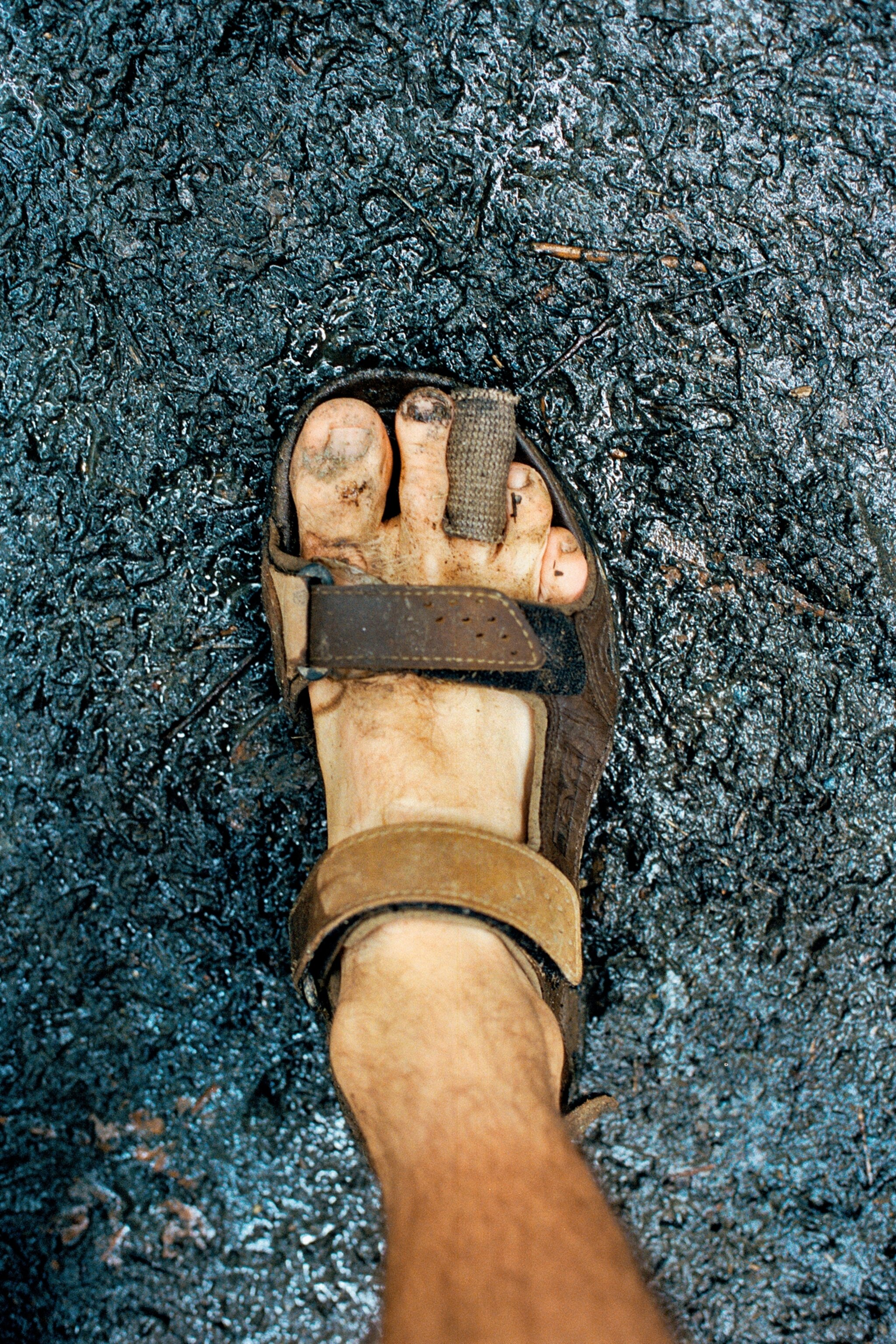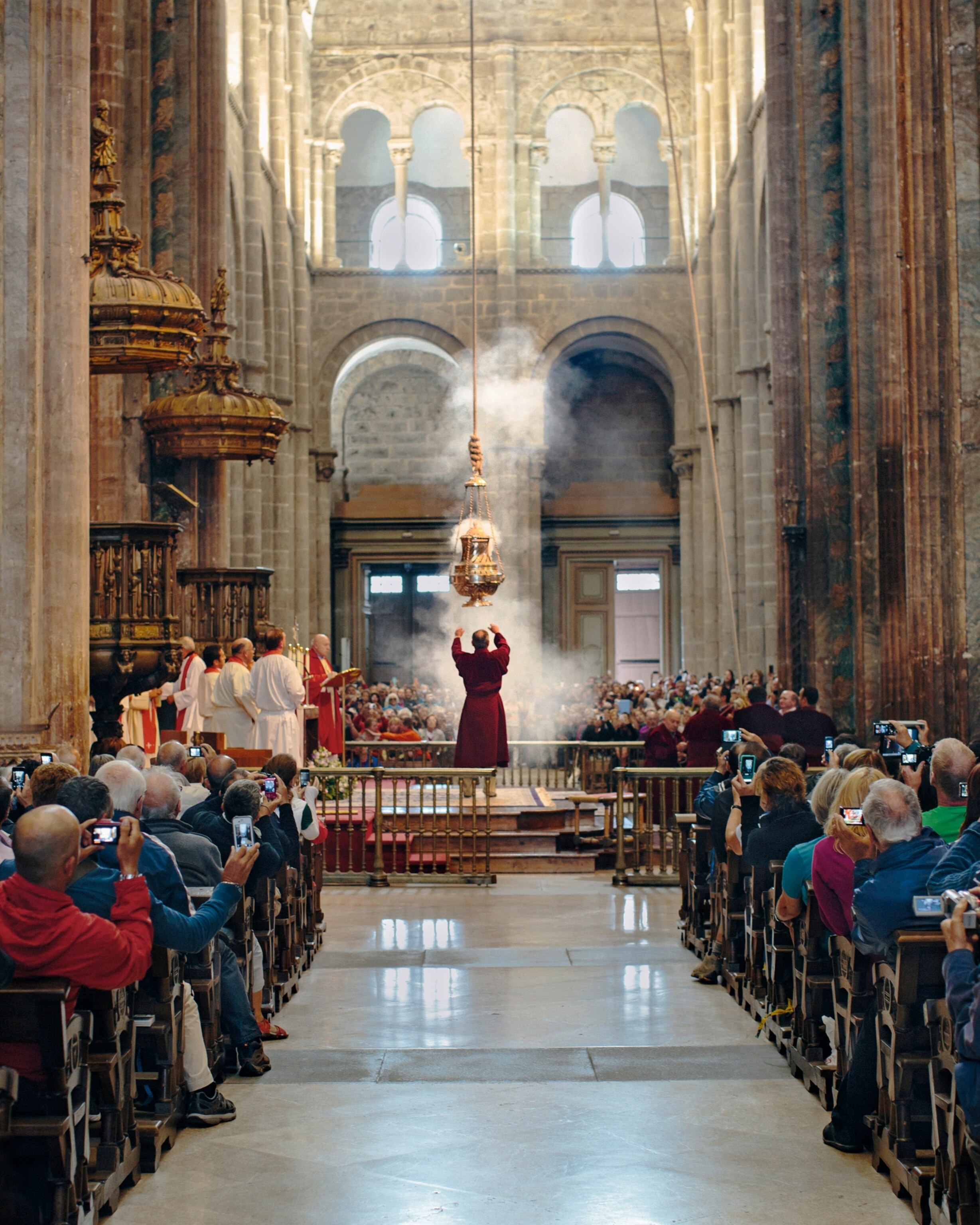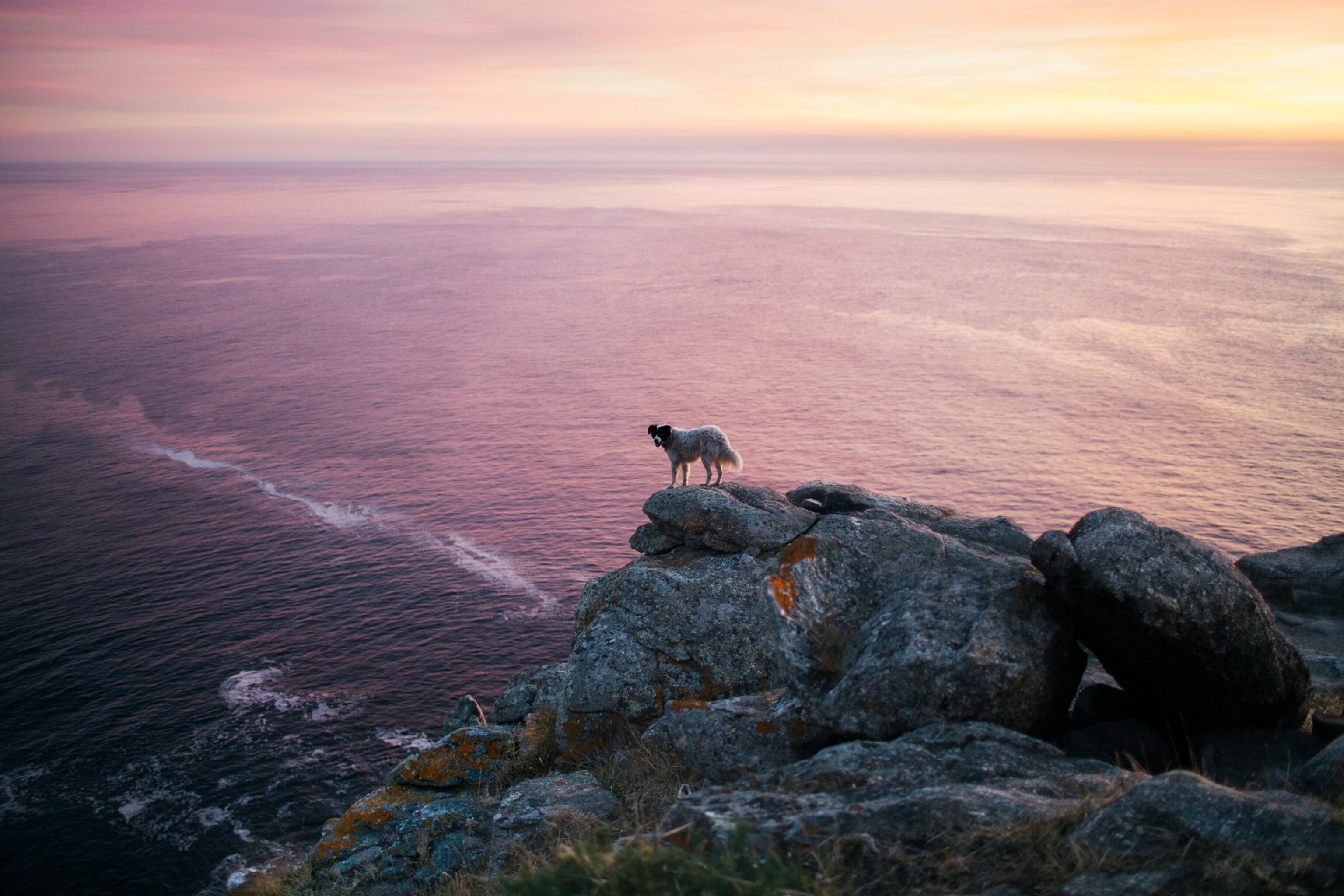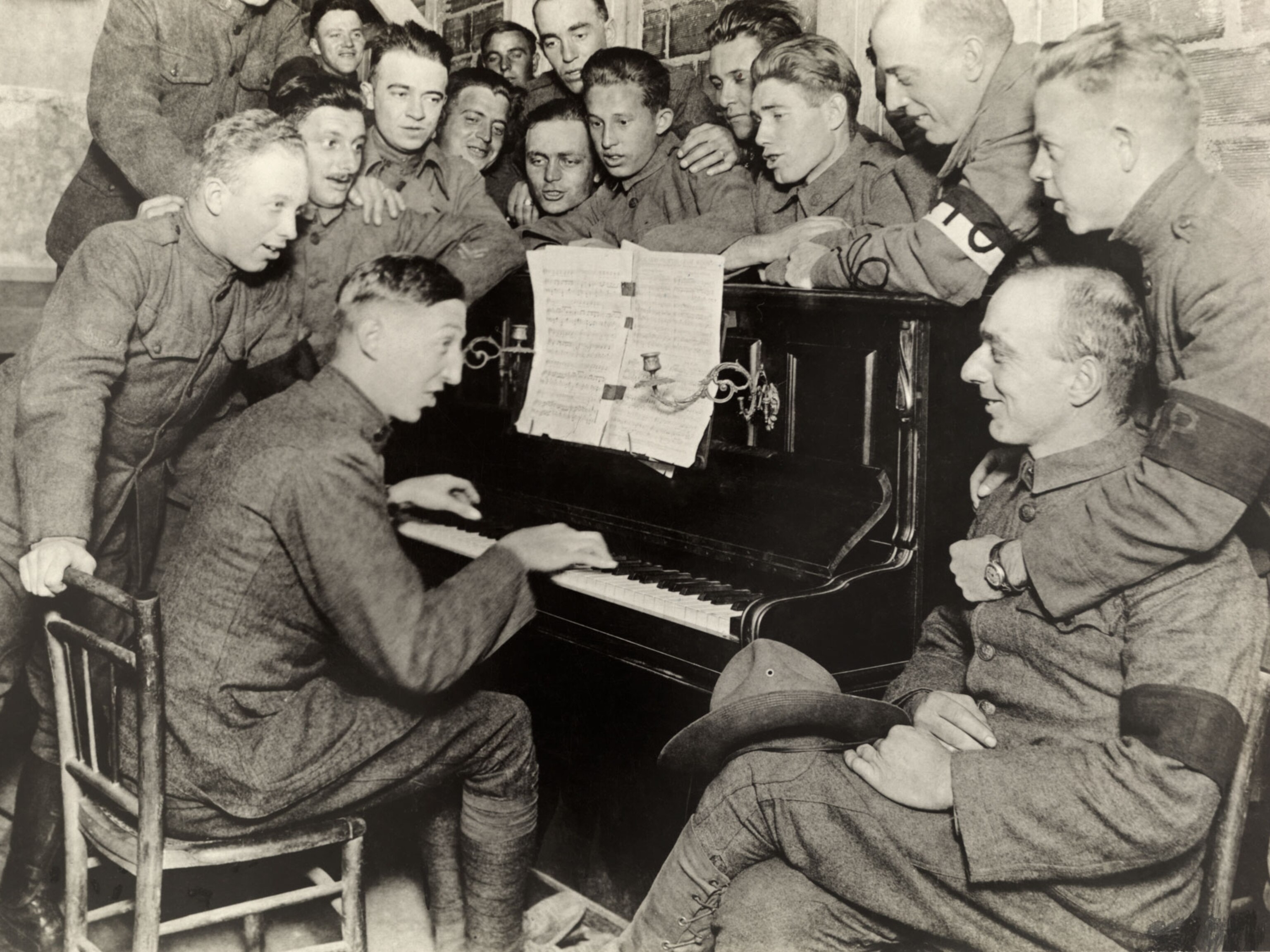During the summers of 2012 and 2013, I walked more than a thousand miles on the Camino de Santiago. Also called the Way of St. James, or simply the Way, by English speakers, it is a centuries-old Christian pilgrimage path through France and Spain. In each of the past few years, between 183,000 and 273,000 people from around the world traveled the route, which runs through cities, across mountains, and along Roman roads. It ends at the cathedral in Santiago de Compostela, where the supposed remains of St. James, one of Jesus Christ’s Twelve Apostles, are enshrined.
When I walked the Way, I became part of an ancient tradition thriving in a modern world. Though the pilgrimage is rooted in Christian tradition, it has been reborn as a nondenominational spiritual rite. In 2012 only about 40 percent of pilgrims walked in the name of the Christian faith. Others walk because they’re in a time of transition—suddenly jobless, recently retired, newly divorced—or simply need a space apart from their life’s routine to decompress, take stock, shift gears. In conversations along the route, I often heard people say, I came to the Camino to find myself or to solve a certain problem. I also heard many say, with confidence and hope, The Camino will show me the way.
There is a spirit of community on the Camino that connects everyone. Within days you will have walked alongside, talked to, and had dinner with many fellow pilgrims. Even if you begin alone, soon you will be surrounded by new friends from all corners of the globe. A community ebbs and flows around you; you never know when someone might disappear. I quickly learned to appreciate my time with others. When a new friend became a speck on the horizon, I felt a familiar sadness.
My pilgrimage ended on the west coast of Spain overlooking the Atlantic. I walked to the lighthouse at sunset and watched people burn their boots as the sky was set on fire. In New York City, where I live, I often felt that my heart was spread so thin that I wasn’t feeling much of anything. But there on the cliffs, I realized I was near the end. My heart swelled and then hurt.
I often tell people that what I found on the Camino was a quiet place, a simple reminder of the way life could be. Some would say that is the same as finding God—something to hold on to when times are hard.
